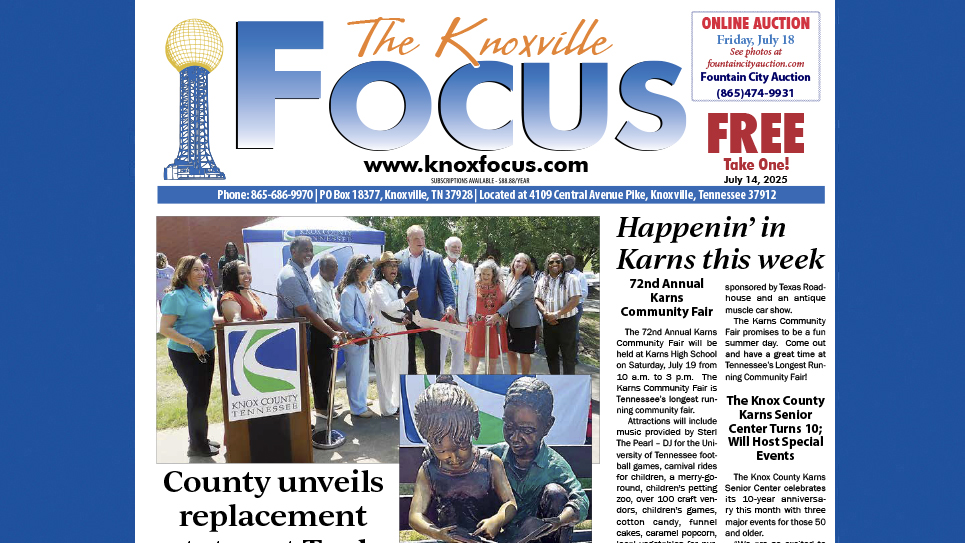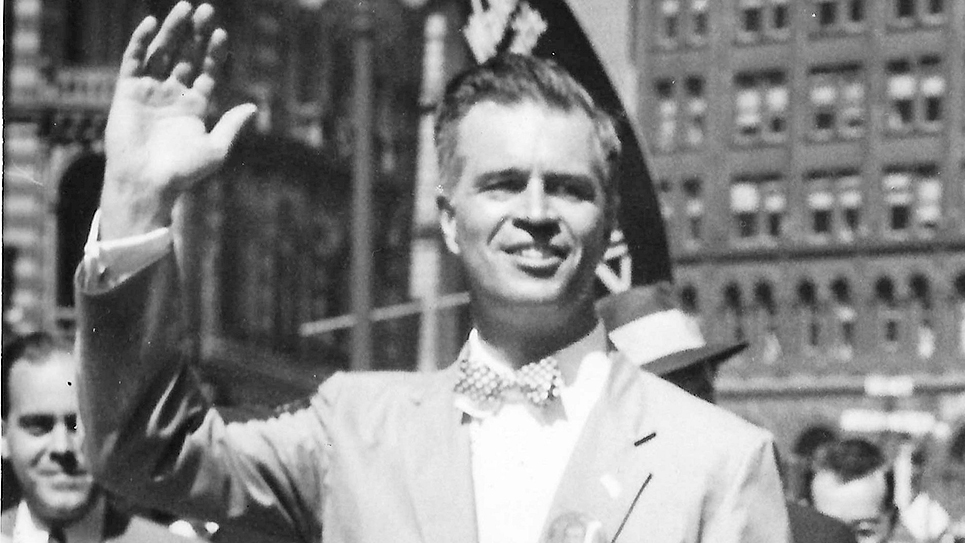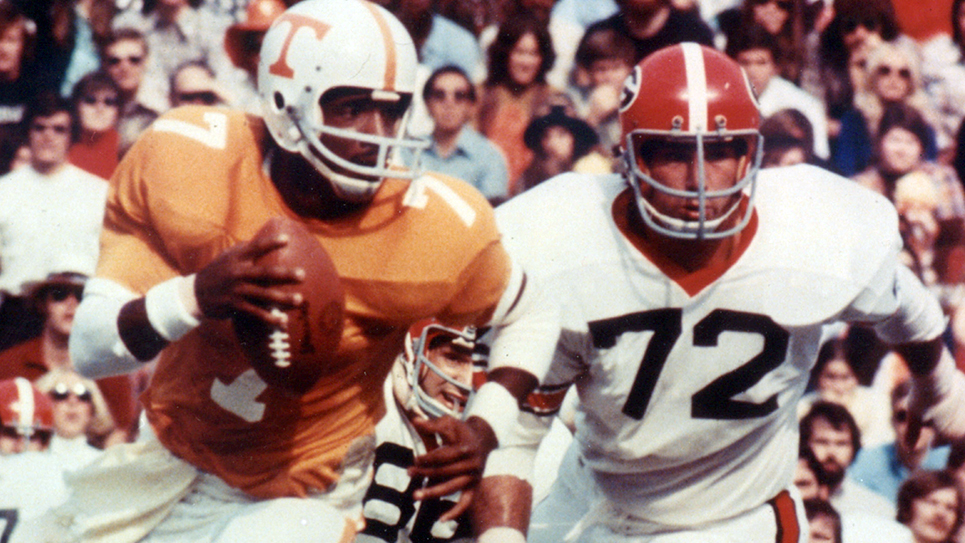By John J. Duncan Jr.
duncanj@knoxfocus.com
It is almost time for the World Series. When I was a boy and young man, the Series was by far the biggest sports event of the year. Nothing else was even close.
The first Super Bowl, which Green Bay won by a score of 35 to 10 over Kansas City on January 15, 1967, was not even a sell-out. Tickets were $12, and there were 32,000 empty seats in the Los Angeles Coliseum.
In college basketball, the National Invitation Tournament in New York City was much bigger until the NCAA Tournament started adding teams in the 80s. The term March Madness was not applied to the NCAA Tournament until Brent Musburger used it in 1982.
I went to Holston for six years, grades 7 through 12. In 1959, I snuck a small transistor radio into my 7th grade study hall to listen to the World Series. I tried to listen very quietly when I saw Bob Knisley, who was by far the biggest teacher at the school, coming rapidly toward me with a mean look on his face. I thought I was in big trouble because in those years, even chewing gum in class was a serious offense. But Mr. Knisley came to me and said in a very gruff voice: “What’s the score?”
I grew up in minor league baseball serving as batboy, first for the visiting teams, and then for our home team Knoxville Smokies. I did it for free for the first season and a half, and then for $1.50 a game for the next four seasons. I was the public address announcer my freshman year at UT in 1966, working for free again.
You almost couldn’t give away a minor league baseball team in the 1960s and 70s. They were not money makers. I represented the Smokies at the baseball winter meetings in 1985, and at one session they said a man had bought the Richmond triple-A team in 1978 for $25,000, and he was given five years to pay for it.
Now both major and minor league teams are worth many millions. Triple-A teams are worth probably $40 or 50 million, and double-A teams, like the Smokies, are worth $10 – 25 million.
Probably the best investment in the history of business was made by George Steinbrenner when he bought 70% of the New York Yankees for $8.8 million in 1973, with the other 30% going to a few minority owners.
The international firm Statista says the Yankees are now worth $7.1 billion. Baseball was at a low point in 1973, and the unfortunate seller of the Yankees was CBS. The network owned the team for nine years during a time when baseball was struggling, and they sold it for over three million dollars less than they had paid for it.
Because the Yankees have won so many league championships and World Series games, there are far more Yankee haters out there than Yankee lovers. Maybe it is because everybody has been a loser at several points in their lives that the term lovable losers has been around for such a long time.
Casey Stengel hit the first home run in the new Ebbets Field in 1913 and played in the World Series for the Brooklyn Dodgers in 1916. He managed the New York Yankees to 10 American League Championships and seven World Series titles in the 1940s and 50s.
By 1962 however, he managed probably the most loveable losers of all, the 1962 New York Mets, in their first season. They lost an astounding 120 games that season. Stengel said the Mets showed him “more ways to lose than I even knew existed.” But the August 28th edition of The New Yorker Magazine said millions more remember that ’62 Mets team than the team that won the World Series that year (the Yankees).
The most popular player on the Mets team was a Tennessean named “Marvelous Marv” Throneberry. He led the league in errors by first basemen, and Stengel told him they would have given him a cake for his birthday, “but we were afraid you would have dropped it.”
Once, Throneberry hit what looked like a triple, but he was called out for missing first base. When Stengel went out to protest, the umpire waved him back to the dugout, telling him “Casey, he missed second base, too!”
But losers always come back if they keep trying, and by 1969 the loveable losers became the “Amazing Mets.” They defeated the Baltimore Orioles, often considered the greatest team in baseball at that time, in the ’69 World Series, winning four of the five games.






